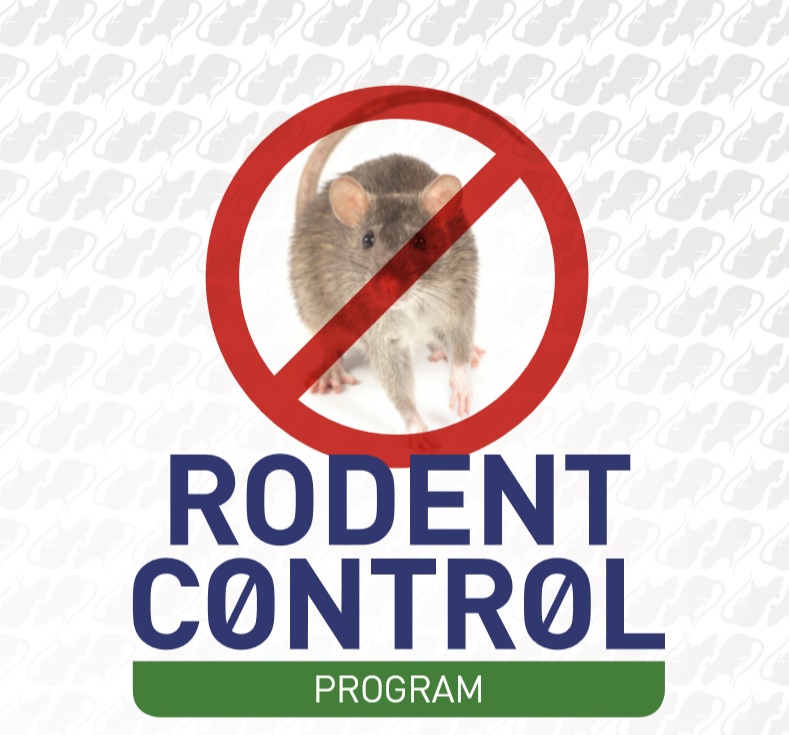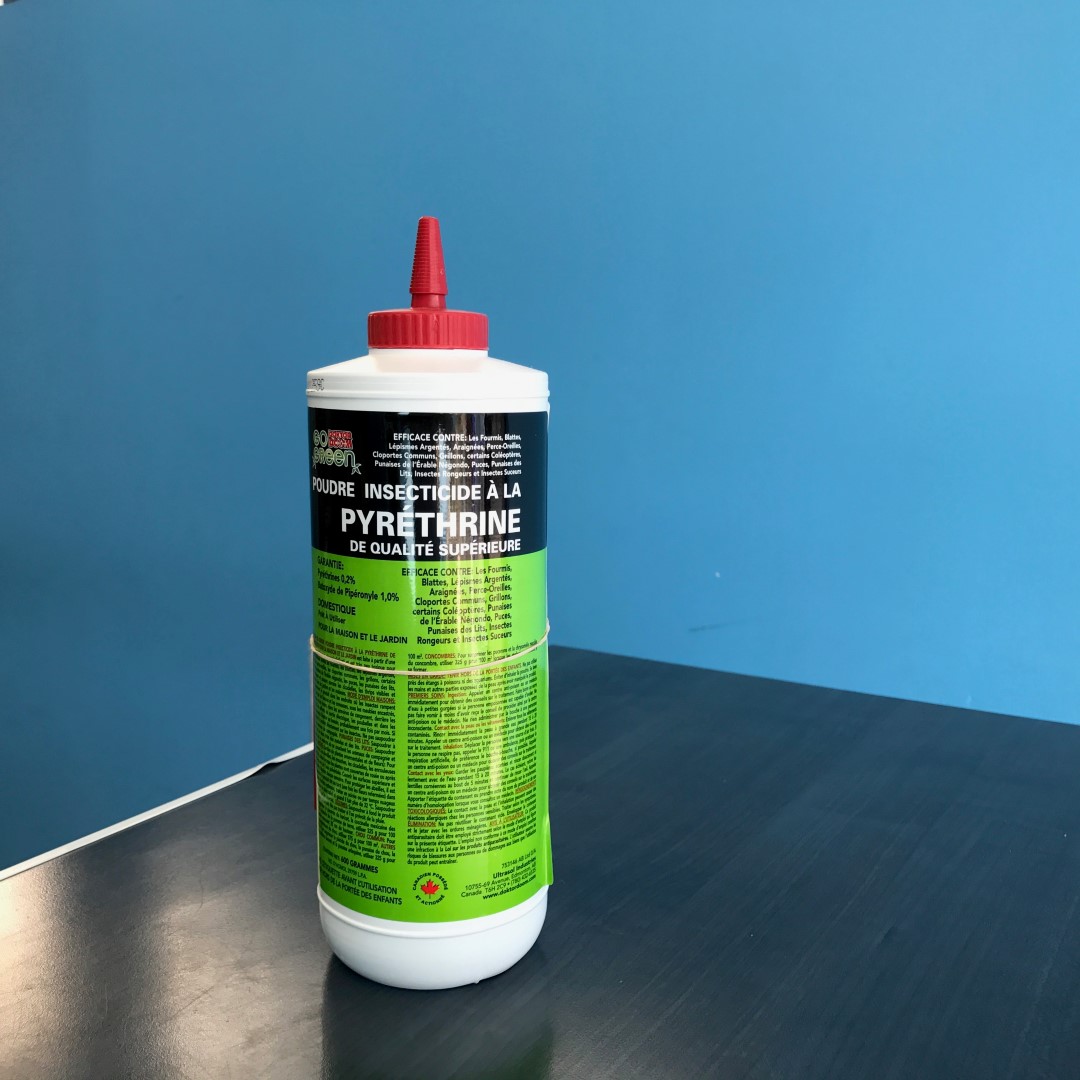

The territories of most rats are between 50 and 150 feet radius around the nest. Roof rats can be thought of as "vegetarians" as they prefer to eat seeds and plant foods such as fresh vegetables or fruits. Roof rats prefer to live in areas elevated above the ground. Whereas Norway rats live in burrows or under floors. Their ears are larger, and their nose comes to a more pronounced point. Roof Rat - Roof rats are smaller and sleeker in appearance than the Norway rat.Outdoors, the nesting places are often in burrows alongside of foundation walls. Indoors, the Norway rat prefers to nest around the floors of buildings, but when populations are large, it will occupy attic areas, suspended ceilings and under floors. This species is larger, stronger, more aggressive, and better adapted for producing young and surviving in colder climates than the roof rat. Norway rats weigh between 12 and 16 ounces. The tail is not quite as long as the body and head together. Norway Rat - The Norway Rat has a stocky body.The ears are large, the tail is semi-naked and is as long as the head and body together. House Mouse - The house mouse is identified by a small slender body.Additionally, numerous fires have been started by rats chewing through electrical wiring. Rats destroy approximately ten times more food through urination and defecation than they actually eat.

Rats continuously gnaw to keep the growth of their teeth in check and to gain entrance to obtain food and shelter. Rats and mice are responsible for the spread of a number of diseases, either directly, by contamination of food, or indirectly, by way of rodent fleas and mites. City of Norfolk residents should take steps to reduce rodent populations by reducing food sources, eliminating harborage, and treating infestations when necessary. Vector Control actively monitors City owned property to prevent and treat rodent infestations.


 0 kommentar(er)
0 kommentar(er)
